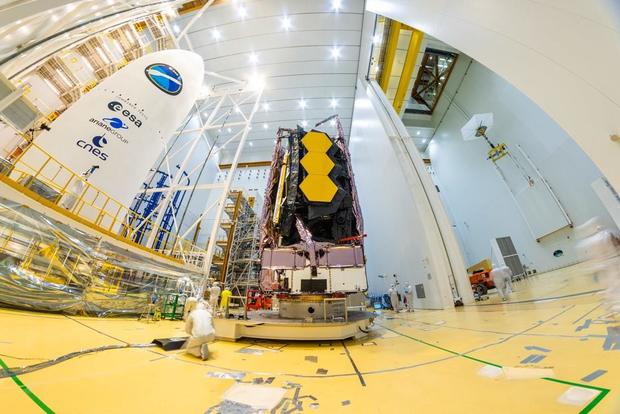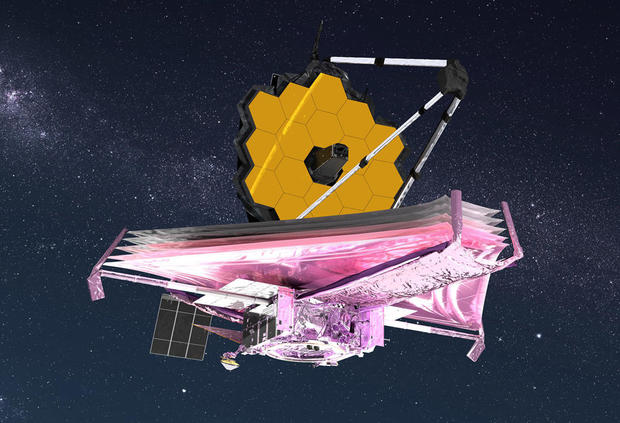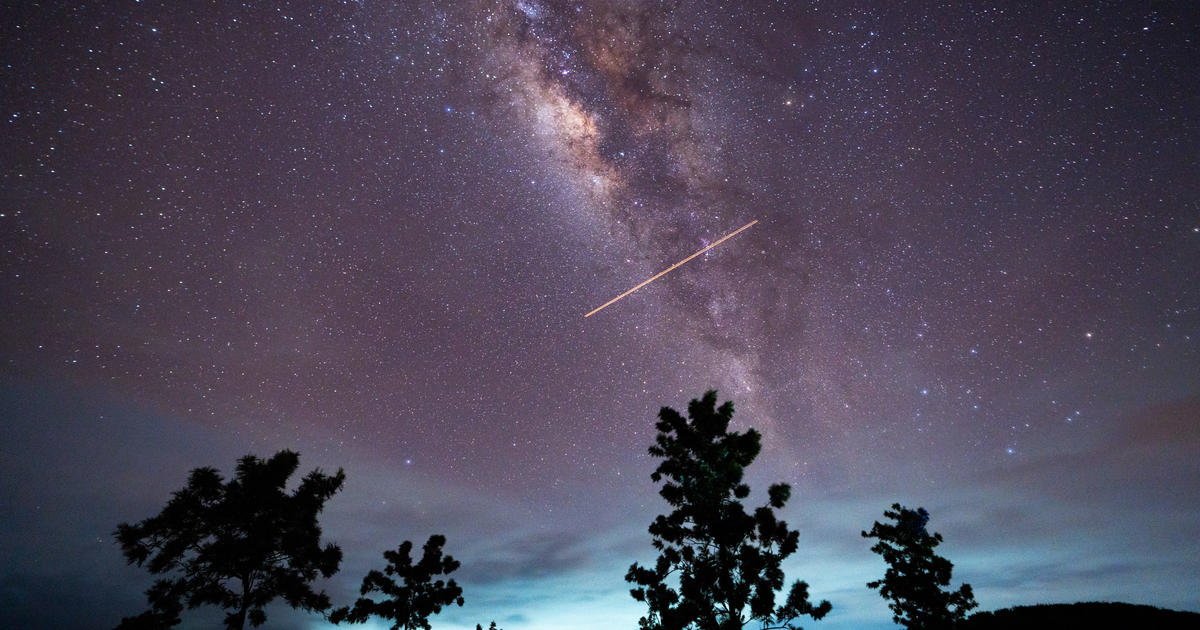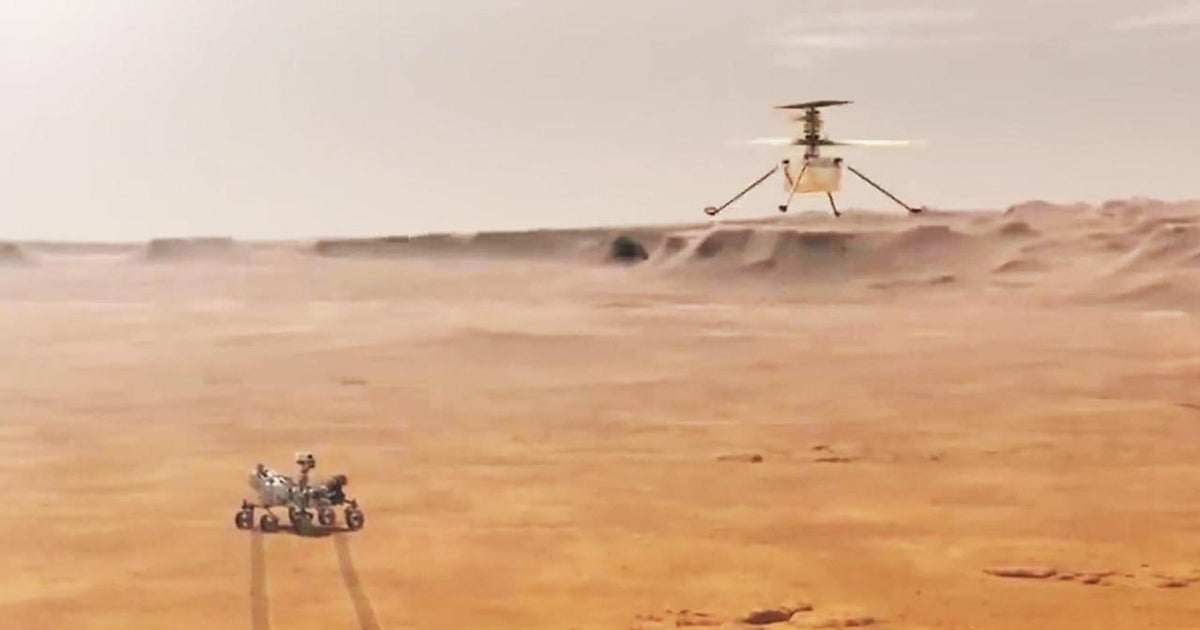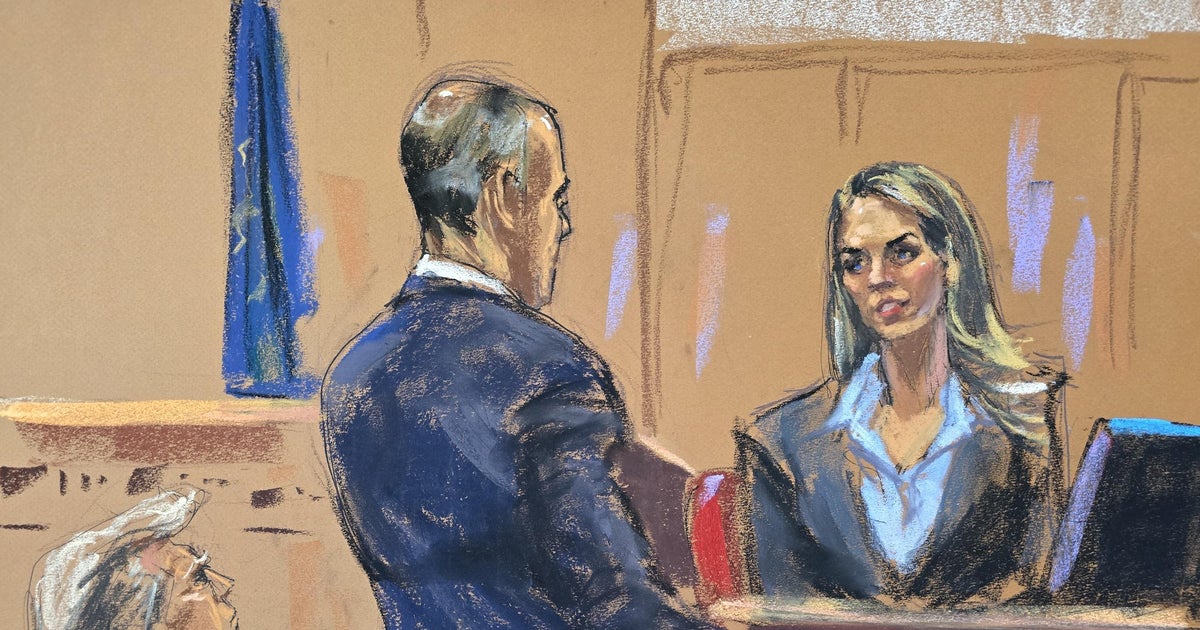Test results awaited to set launch date for James Webb Space Telescope
NASA engineers and managers plan to meet Thursday evening to review test results and decide whether they can press ahead with launch of the $10 billion James Webb Space Telescope on Christmas Eve morning or whether more time is needed to resolve a data communications issue.
"We're not taking any risks with Webb," said Thomas Zurbuchen, NASA's science chief. "It's already risky enough the way it is. We're absolutely making sure that everything works."
Assuming a decision to proceed, the telescope, already mounted atop its Ariane 5 rocket in Kourou, French Guiana, will be "encapsulated" Friday when two halves of a protective nose cone fairing are attached, hiding the spacecraft from view — and easy access.
That would set the stage for launch at 7:20 a.m. EST on December 24, kicking off the most expensive space science mission ever attempted with a telescope capable of capturing infrared light from the moment the first stars and galaxies ignited 13.8 billion years ago.
But first, engineers must agree the communications glitch has been resolved.
"Kind of final aliveness test needs to be done," Zurbuchen told reporters Thursday during a European Space Agency briefing. "That's a test that extends for several hours and basically looks at each one of the systems and establishes its health before we encapsulate the spacecraft."
The meeting Thursday night will asses "whether we have managed to do this aliveness test and can go forward with encapsulation."
One hundred times more powerful than the iconic Hubble Space Telescope, Webb is designed to capture faint infrared light from the first galaxies to form in the first few hundred million years after the Big Bang — farther back than Hubble or any other telescope can see.
Along with studying how galaxies form and evolve, Webb is expected to shed light on the role of black holes in the early universe and how the supermassive versions seen today in the hearts of every large galaxy grew so large so fast.
"There is a new theory out, which assumes that the black holes, which are everywhere, formed right after the Big Bang, in the first few seconds after the Big Bang," said Günther Hasinger, science director at the European Space Agency.
"And if this is true, then actually the first stars in the universe would appear several hundred million years before our current theory and James Webb will actually be able to decide that."
Webb also will help refine theories about stellar evolution, from birth to death, and study the atmospheres of nearby exoplanets to determine their chemical makeup and, possibly, their habitability.
Antonella Nota, ESA's Webb project scientist, said the telescope "will have an opportunity to ... answer the fundamental question that we astronomers ask ourselves, and the public alike, are we alone? Is Earth unique? Do we have other planets out there that can host life? Very ambitious questions that speak to all of us."
